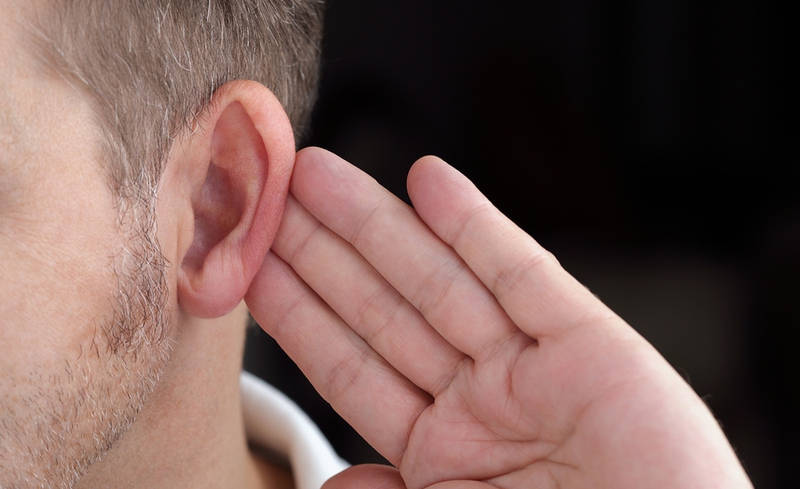It is a very scary thing to find bumps or lumps behind ear, or anywhere else on your body. They can be small or large, and either is painless or painful. There are several reasons for a hard lump behind ear. Many are quite insignificant, but others will need medical treatment. No matter the possibilities, you should always speak with your doctor about any lumps you find. Fast detection can sometimes help to identify and treat a serious problem and avoid any complications.

Causes and Treatment of Lumps Behind Ear
Dermatitis
This is a buildup of waxy dead skin cells or flaking of dry skin, accompanied by inflammation and redness. It could be caused by stress, climatic changes, neurological conditions, and fatigue or yeast infections. People who have Parkinson’s disease, AIDS or epilepsy are more likely to have seborrheic dermatitis.
Treatment:
Lotions and topical creams that contain corticosteroids such as betamethasone and hydrocortisone could be prescribed to lessen the discomfort and itching.
Antifungal agents such as ciclopirox and ketoconazole could be prescribed in the case of a yeast infection.
Try covering up the affected area with dressing and bandages to stop any scratching.
You can also take a soothing bath with baking soda or uncooked oatmeal.
Mastoiditis
This is an infection in the mastoid bone, found behind the ear. A middle ear infection can spread to the mastoid bone which leads to structural disruptions and inflammation. This may turn into redness, ear pain, swelling and formation of lumps behind ear. Additional symptoms include fever, headache, irritability and hearing loss.
Treatment:
Intravenous antibiotics such as oral antibiotics and ceftriaxone, plus ear drops are prescribed to help drainage.
Try putting 1 to 2 drops of a strained mixture of olive oil and garlic oil into the infected ear.
Swollen Lymph Nodes
Lymph nodes swelling could cause small lumps behind ear, which may be tender, soft and painful. It could also be followed by fatigue and fever. This indicates that an infection is present and the fever subsides when the infection goes away. Besides, many other conditions, such as Strep throat, common cold and bacterial and viral sinusitis, could also cause lymph nodes to swell.
Treatment:
Antibiotics, anti-inflammatory medications, anti-parasitic drugs and painkillers are prescribed to handle these infections.
This condition can also be treated by gargling turmeric or salt water.
Acne
Acne is the formation of pimples, papules and small nodules found on the surface of the skin. They are caused by hormonal changes and unusually high levels of androgens, staph infections, stress or genetic predisposition.
Treatment:
Acne usually heals with time; however if it is persistent, chemicals such as retinoid or benzoyl peroxidase can be prescribed.
With staph infections, antibiotics plus the use of antiseptic lotions and creams could be recommended.
With a severe hormonal imbalance, hormonal therapy or anti-androgenic therapy could be prescribed.
Cysts
Cysts are caused by blocked sebaceous glands and accompanied by a buildup of sebum, which are also called sebaceous cysts. Epidermal cysts are made of accumulated keratin, which may lead to the growth of lumps behind ears and other body parts. These cysts could become infected and fester.
Treatment:
For these cysts, anti-inflammatory agents, hydrogen peroxide gels and even antibiotics might be prescribed if there is a pus formation.
Heating pads and warm compresses can help drain the pus and give you some relief.
In cases that are severe, surgical excision of the cyst or even laser therapy could be recommended.
Benign Tumor
These tumors may appear as painless, soft and movable lumps that could grow from salivary gland tissues to the parts behind ears. These painless benign tumors may or may not grow in size. Another of these growths could happen on the mastoid bone behind ears, and is known as cholesteatoma. This malformation destruct tissues near it and could look like a lump beneath the skin, which may cause hearing loss, drainage in the ear and dizziness.
Treatment:
Usually not a health threat, these benign tumors are removed for cosmetic reasons.
If they become painful and make jaw movement difficult, a small surgical procedure that is done under local anesthesia should be applied.
Chemical destruction of the tumor and liposuction could be recommended in some cases.
Cancer
Malignant cancer growths (like salivary gland cancers and skin cancers) could happen behind ears. Lumps from malignant growths are usually painless and will get larger over time.
Treatment:
These cancerous growths can be destroyed by radiation or chemicals, chemotherapy and excision. The exact option should depend on what stage the cancer is and which type it is.
Precaution
Pay attention to how long the infection lasts, what symptoms it displays and whether it comes back.
Even though it is ok to wait for a few days after noting some changes of your bumps, you need to speak with your doctor about it.
If the bumps aren’t causing pain but do not go away for a long time, visit your doctor.

View All Comments /Add Comment